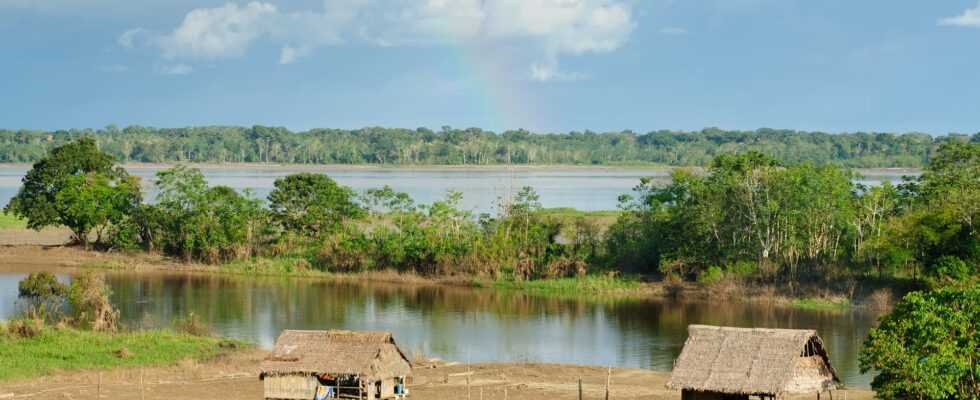According to researchers, the protection of forests in areas of indigenous communities is essential for some countries to achieve their climate goals. A report by the organizations World Resources Institute and Climate Focus published on March 31, 2022 deals with the situation of forests – including the Amazon rainforest – in the Latin American countries of Brazil, Colombia, Peru and Mexico. The results also apply to other heavily forested countries with significant indigenous populations, it said.
“The lands of indigenous peoples and local communities account for 28 percent of the world’s forest carbon storage,” the authors write. In the four countries studied, such areas are responsible for about a third of the carbon sequestration that they have committed to by 2030 under the Paris Climate Agreement. However, the areas are subject to constant encroachment by ranchers, loggers and miners.
The governments must therefore be accountable for the areas and protect them, according to the study, for which data from the past two decades were evaluated. Otherwise, the climate goals can only be achieved through drastic measures – in Brazil and Colombia, for example, 80 percent of the circulating vehicles would have to be taken out of circulation.
According to the report, when indigenous land is legally protected, there is less deforestation. The authors call on the governments of the four countries to ensure that communities have full rights to their land, are consulted in decision-making processes, and receive the financial and institutional support they need to manage their forests.
